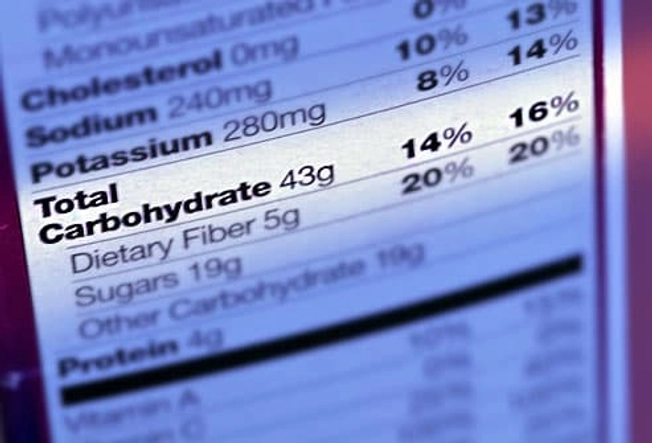- Overview & Types
- Symptoms & Diagnosis
- Treatment
- Living With
- Related Conditions
- Type 2 Diabetes
- Type 1 Diabetes
- Gestational Diabetes
- Appointment Prep
- View Full Guide
Slideshow: How to Count Carbs When You Use Insulin


What Are Carbohydrates?
They're found in lots of foods. Whether the carbs are starches, sugars, or fiber, they give your body energy to use right away or to store for later. Different types affect your blood sugar in different ways.

How They Raise Blood Sugar
Your body breaks down carbs from foods into sugar (also called "glucose") for energy. This rise in blood sugar tells your pancreas to release insulin, which helps your body use or store the glucose. When you have type 2 diabetes, you might not make enough insulin, or your insulin may not work well. Treatments with lifestyle changes or medications can help your body handle the glucose. When you live with diabetes, manage your diet, physical activity, medications, and insulin use to help keep your blood sugar and weight stable.

Simple Carbs
Your body breaks these down fast. That leads to a quick spike in blood sugar. Simple carbs are found in table sugar, the sugars added to processed foods, and the natural ones in fruits and milk.

Complex Carbs
Your body has to work harder to break these down. They're better for you, because they take longer to digest. They give you steady energy and fiber. You can find them in spinach, watercress, buckwheat, barley, wild or brown rice, beans, and some fruits.

Counting Carbs
Pay attention to serving sizes and food labels to see how many grams of carbs are in your food. In some cases, you may have to guess. Some people aim for 45-60 grams of carbs per meal. So, suppose you eat a plain turkey sandwich with a half cup of fruit. Two slices of bread have 30 carb grams, and the fruit has 15, for a total of 45. (The turkey has no carbs.)

Where to Find Carbs on Nutrition Labels
Check the "total carbohydrate" grams on your food labels. These can also be listed as "dietary fiber" and "sugars." But "sugars" won't tell the whole story. They include the natural sugars found in fruit and milk products, and those that are added. A food that lists a form of sugar as its first ingredient may be high in total sugars.

The Glycemic Index (GI)
This ranks foods based on how much they raise your blood sugar. It gives you a way to tell slower-acting "good carbs" from the faster "bad carbs." Each food on the index gets a number. The smaller the number, the less impact the food has on your blood sugar. A low-GI diet won't do it all for you, though. Count those grams of carbohydrates, and split them evenly between meals.

Eat a Balanced Diet
It can help you lose weight and control your blood sugar. Get at least 3-5 servings of vegetables a day. Cooked, non-starchy veggies like okra, beets, and eggplant have only 5 grams of carbs per half cup. Even though your attention is on counting carbs, you also need to eat enough protein and healthy fats. Don't skip meals, and eat nutritious snacks to help keep your blood sugar under control.

Go for the Grains
Choose whole grains over "refined" ones, which lose fiber, vitamins, and minerals in the refining process. When you buy bread and cereal, look for whole grains as the first ingredient on the label.

Tips to Sidestep Added Sugars
Treats like soft drinks, cookies, and cake have added sugar. But so can healthier choices like yogurt and cereal. Read ingredient labels and think twice about foods that list sugar as the first ingredient. Tip: Some added sugars have "ose" in their name -- like dextrose, sucrose, maltose, or high fructose corn syrup.

Happy Hour No More?
Is a glass of wine off-limits? It depends. Alcohol can cause low blood sugar, so ask your doctor if it's safe for you to drink. Check your blood sugar before and after. If you drink, do so in moderation with some food, and when your blood sugar is under control. Check your levels again before you go to bed to make sure they're in a healthy range.